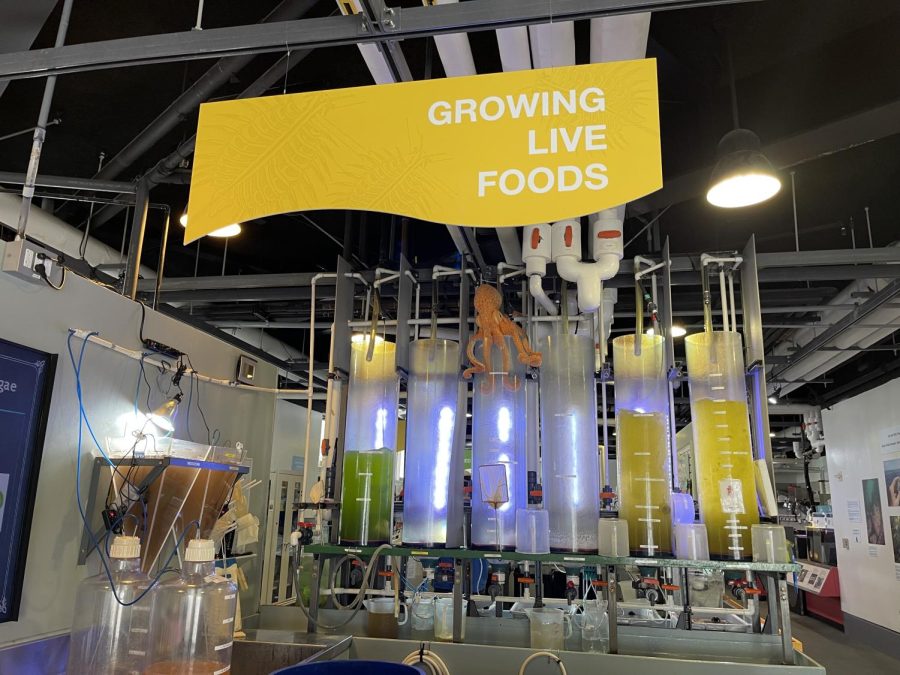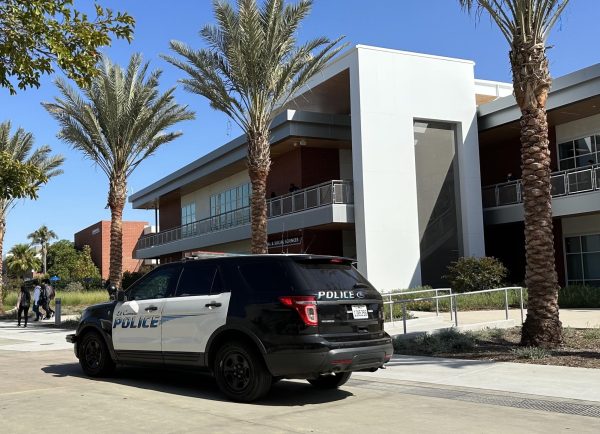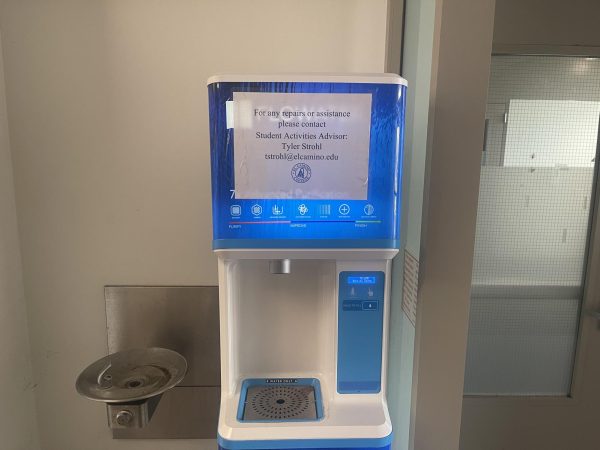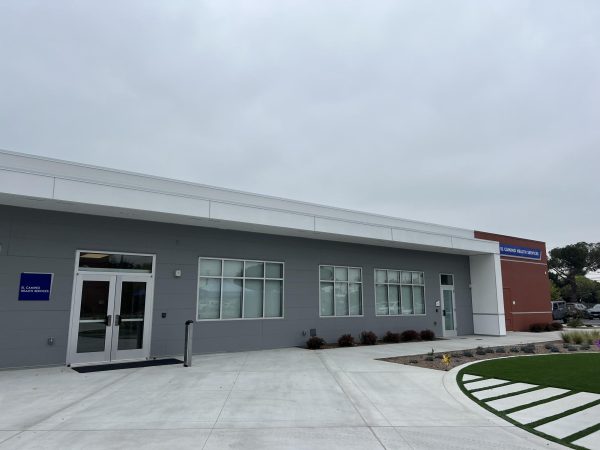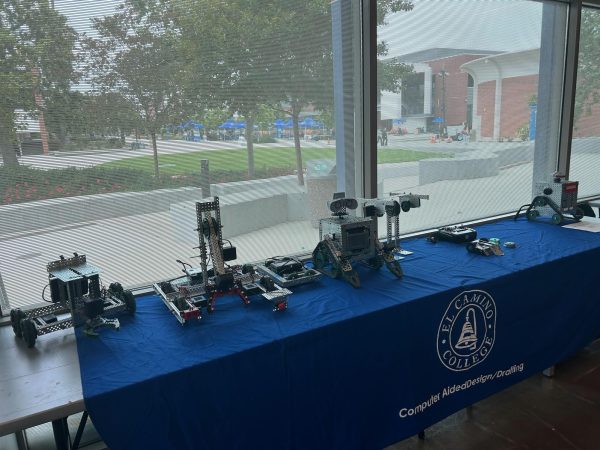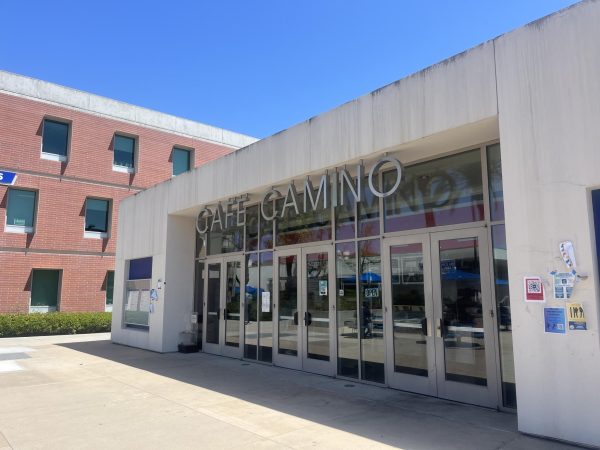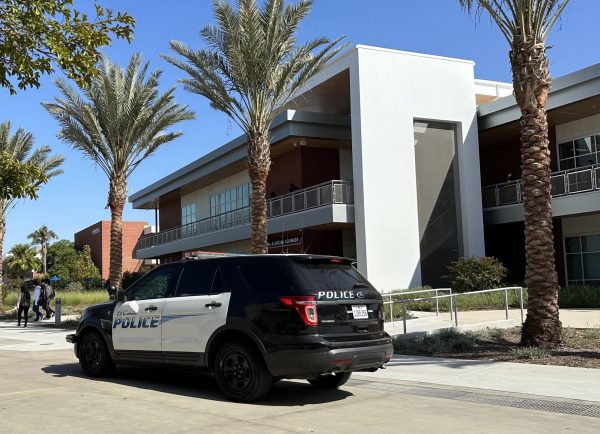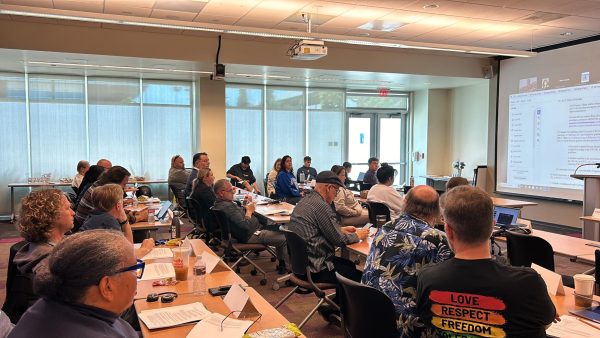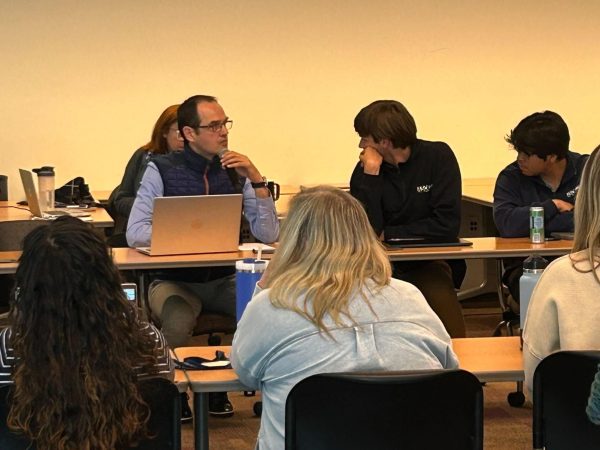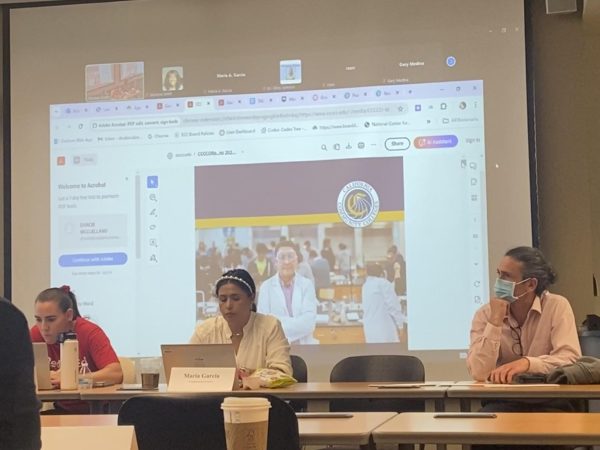Tiny aquarium leads charge to heal California’s coasts
The aquatic nursery at Cabrillo Marine Aquarium in San Pedro, Calif. on April 11, where scientists are raising critically endangered species that can be reintroduced to the wild, including the white abalone. Native to Southern and Baja California, the marine snail was the first invertebrate to be included on the endangered species list. (Kim McGill | The Union)
Writer’s Note: This project was supported by California Humanities Emerging Journalist Fellowship Program. For more information, visit www.calhum.org.
Any views or findings expressed in this publication do not necessarily represent those of California Humanities or the National Endowment for the Humanities.
On the southern end of Los Angeles County in the heart of San Pedro is a little aquarium doing big things to restore and protect the coast.
The Cabrillo Marine Aquarium — operated by the City of Los Angeles Department of Parks and Recreation — focuses on education, research and conservation to connect people to the underwater world of coastal Southern California.
School and group visits, beach clean-ups and interactive exhibits put people in contact with some of the region’s smallest aquatic species.
On April 11, the parking lot was packed with big yellow school buses and hundreds of elementary school students. Sixth graders Jacob Najera, Prince Whittington, and Nicholas Martinez squealed excitedly about the “fish” they touched.
Despite the happy chaos, one section of the aquarium remained quiet — the aquatic nursery — where the gurgling of the huge cylinders “growing live foods” stretched to the ceiling could be heard.
The aquarium is using the nursery to raise critically-endangered species that can be re-introduced to the wild, including the white abalone. Native to Southern and Baja California, the marine snail was the first invertebrate to be included on the endangered species list.

“We don’t see them here anymore,” Research and conservation curator Brenton Spies said. “We don’t have a lot of sea stars here either. A lot of the invertebrates found in the tide pools are taking the biggest hit.”
The aquarium’s research is also determining what interventions could help. The larvae being reared in the nursery are exhibiting how climate change is impacting animals found off of the coast.
“Climate change is increasing coastal erosion, sea level rise and ocean temperatures at an alarming rate and we’re monitoring those impacts on the species found off the coast here, especially off Palos Verdes which is going through a lot,” Spies said.
There are also a lot of fish and octopuses that rely on smaller animals for food. The destruction of the tidepools is altering the ecosystem. Without as many small tide pool dwellers, algae are dominating.
Climate change, overdevelopment and pollution created a vicious cycle that’s throwing off the ecological balance essential for a healthy coast.
“Urban impacts on the coast include fancy hillscapes and landscapes,” that are more susceptible to landslides, Spies said. Flooding caused by severe weather erodes steep hill and cliff faces that fall, damaging the beach and ocean ecosystems below.
“There are many homes where people have manipulated a lot of the coast. Tide pools are getting filled in or deteriorating, and our beaches are getting washed away. That impacts a lot of the animals that we have here,” Spies said.

El Camino student Glenys Rich, 21, of Rancho Palos Verdes, has been working at the aquarium for three years and before that, she was a high school volunteer.
“Climate change has affected a lot of the tide pools. The water comes up too high, causing erosion that pulls away the sand on the beaches,” Rich said.
Rich described how new currents are bringing pollution. Sediment runoff from agriculture and the streets is also poisoning the ecosystem. Erosion is shrinking the beaches, so there’s less area for animals to live.
“Sea stars have a withering disease that causes their arms to fall off and they die,” Rich said. “No one knows why.”
The aquarium’s research might determine the cause.
Spies said coastal development has dominated the coast; there isn’t a lot of wild space left. But there are ways new construction is still having devastating effects.
“The barrier walls built to protect the cliffside homes are increasing erosion because the waves hit the walls and water that is unable to penetrate the earth, bounces back much stronger than regular wave action so it sweeps much more of the cliff bottom and beach out to sea,” Spies said.
Spies urges South Bay communities to become more active, get educated on climate change and development, and eat sustainable seafood.
“And vote with the environment in mind,” Spies said. “Choose legislators that focus on rehabilitation, conservation and restoration.”


